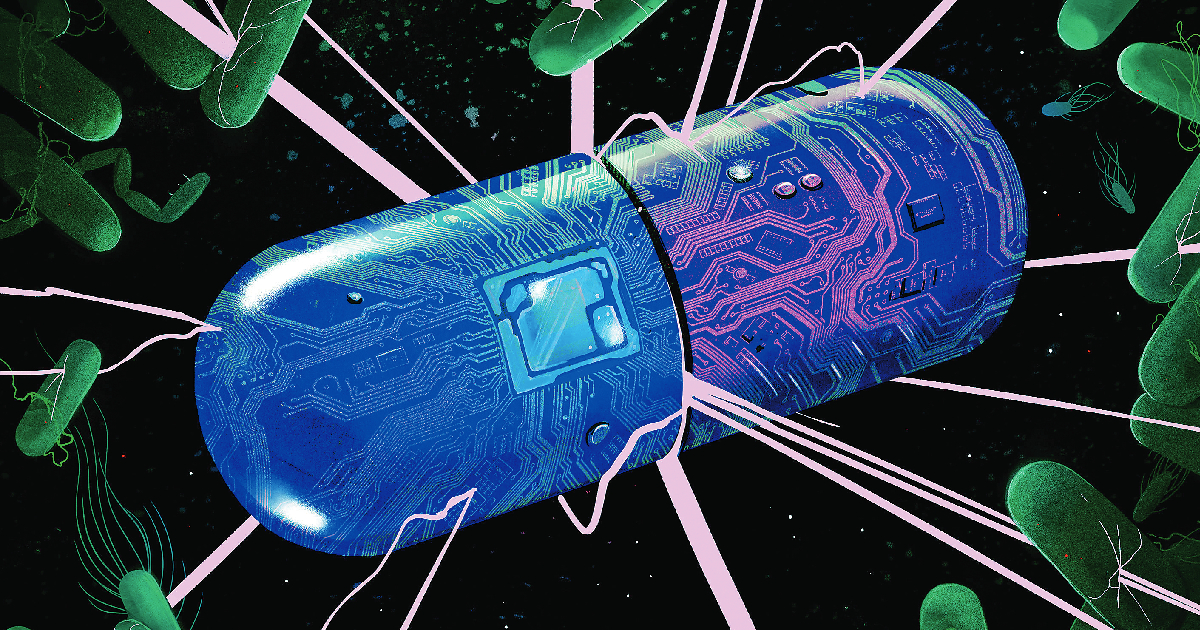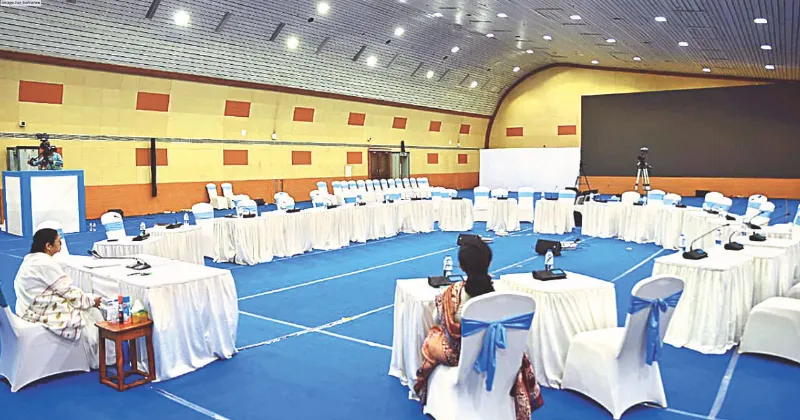ANTIBIOTICS ARE NO CURE FOR ALL

The commonest mistake that doctors make and patients trust is the use of an antibiotic at the slightest rise in body temperature or minimum soreness of the throat.
It has been commonly observed that both the physician and the patient feel relaxed once an antibiotic has gone into the body as though now a cure would be fully achieved. I would like to explain by a simple example.
The most frequent human sickness is sore throat with symptoms of upper respiratory tract irritation. This is usually diagnosed as pharyngitis.
On average, an adult suffers 2 to 4 and a child 6 to 8 such episodes in a year, a majority gets cured in 2-3 days and requires no medical consultation.
Those we need mostly do so to get relief from pain, irritation and coughing so that their daily work doesn’t suffer.
Almost 85-90 per cent of throat infections are viral in origin where antibiotics are absolute of no value, they rather are harmful but are most commonly suggested or taken over the counter.
This unscientific and very casual use of antibiotics leads to the development of antibiotic-resistant bacteria called a superbug and may, hypothetically, cause activation of some dangerous virus as antibiotics may compromise the human immune system by their indiscriminate use.
Furthermore, the growth of antibiotic-resistant bacteria may, sometimes in future, cause a global health problem just like COVID 19.
As such, the majority of sore throat cases require minimum treatment like paracetamol or pain-relieving lozenges and hot soup and assurance by treating doctor but what is seen in practice is that so many medicines are prescribed or advised without any scientific basis.
To detect a bacterial infection, the t h r o a t should be examined u n d e r light, upper neck palpated for lymph nodes and chest be auscultated but how many doctors do such examination these days?
There has developed a dangerous trend of prescribing cocktail treatment.
A bacterial antibiotic resistance, once developed, may last for as long as one year and this affected person may spread this bacteria to many more people, a situation that may lead to a “ superbug” epidemic over some time.
Remember that antibiotics are anti-life chemicals that kill the fastest-growing life first which, in cases of infection, are bacteria (viruses are not a full life, they are presumed to be in between living and non-living).
But if a person doesn’t have a bacterial infection and takes antibiotics then the next fastest-growing cells are human immune cells, intestinal cells and blood cells which will be negatively impacted by this antibiotic and the person will recover poorly and protractedly.
In summary, always ask your physician or chemist for a rationale of advising an antibiotic and watch for the confidence and logic in the answer as people, when put to test, try to confuse rather than convince.





















